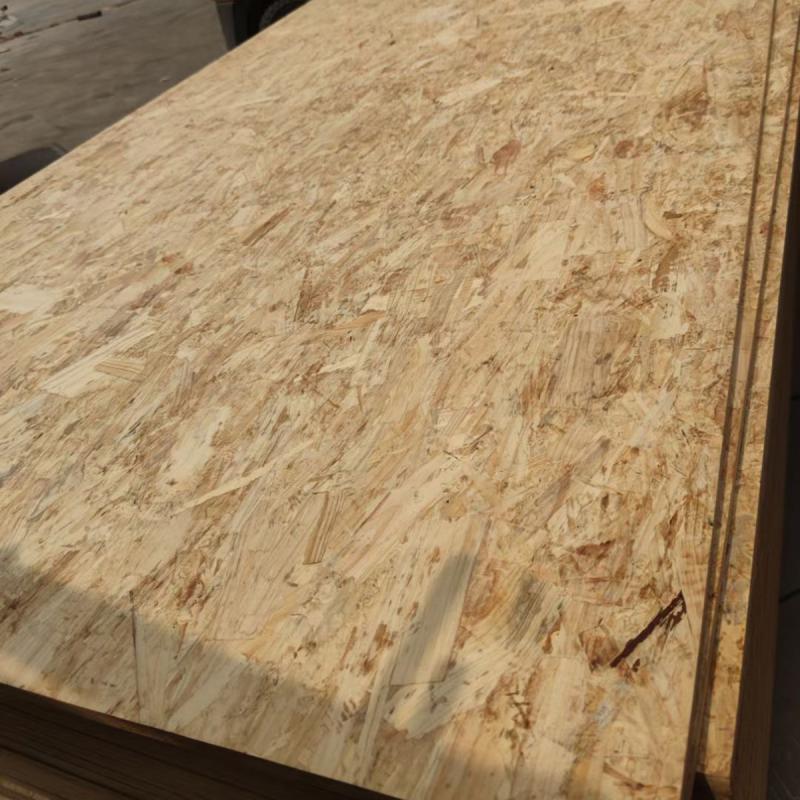 Click me to see more Original picture
Click me to see more Original picture
 Click me to see more Original picture
Click me to see more Original picture
Product introduction
MDF is an engineered wood product made by breaking down hardwood or softwood residuals into wood fibre, often in a defibrator, combining it with wax and a resin binder, and forming it into panels by applying high temperature and pressure.
Product specification
|
Product Name |
Plain MDF |
|
Face |
Plain |
|
Core |
MDF |
|
Glue |
E2/E1 |
|
Density |
620kg/m3-850kg/m3 |
|
Thickness |
2MM-25MM |
|
Usage |
Furniture or decoration |
|
MOQ |
1*20GP/20M3 |
|
Payment way |
-Irrevocable L/C at sight |
Plain MDF
Medium Density Fiberboard (MDF) is among our range of engineered boards. This product is ideal for building wall panels, storage units, decorative moldings, and even doors. What’s more, its insulation qualities make it suitable for acoustic enclosures too!
Medium-density fiberboard (MDF) is generally cheaper than plywood, but it is not as hard and can sag under heavy weight. MDF doesn't handle moisture very well, either, so it is more suited for indoor use, such as in furniture. Moisture also affects the strength of plywood; exterior-glued plywood can be used outdoors, but it works best when moisture content remains low.
MDF is not as hard as plywood and can be damaged easily when roughly handled. It is not as stiff as plywood and can sag with if too much weight is applied to it. For example, when MDF is used for shelving, it is important to reinforce the shelves to prevent sagging.
MDF's smooth surface makes it ideal for simple interior design pieces that will be painted, while plywood adds some durability to those pieces that need to be stronger. Both can be relatively easy for experienced DIYers to use and are found in a number of cheap and affordable furniture products. For example, both MDF and plywood, as well as oriented strand board (OSB), are often in many IKEA furniture pieces.
MDF is used for doors and internal paneling in construction, where moisture is less likely to damage it, but was exclusively developed for furniture. As such, it is mainly used for indoor applications.
MDF
· MDF produces a large amount of dust when cut. It should be cut in a ventilated environment, and making use of a respirator is advisable.
· The panels are heavy.
· It is not water resistant. A good, thick primer and paint job can help seal MDF and make it more water resistant, but cleaning up liquid spills as soon as possible will still be wise.
· MDF is not as stiff and bends or sags under weight. It is not much stronger than particle board.
· MDF products emit urea-formaldehyde and other volatile organic compounds that pose health risks at sufficient concentrations. Coating them with primers and paints can help decrease their emissions.
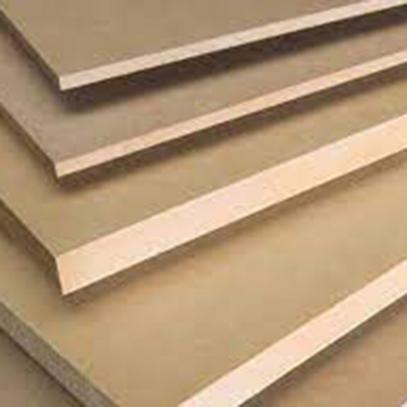
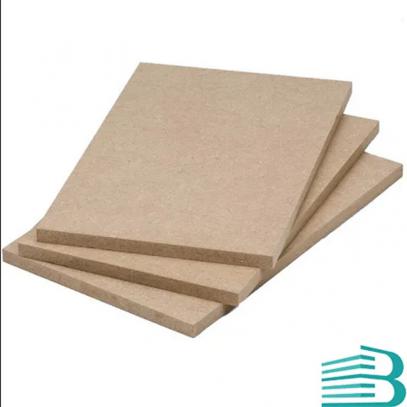
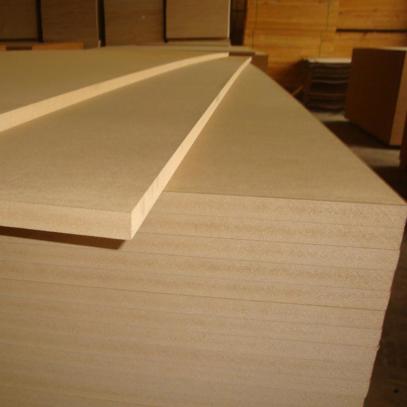
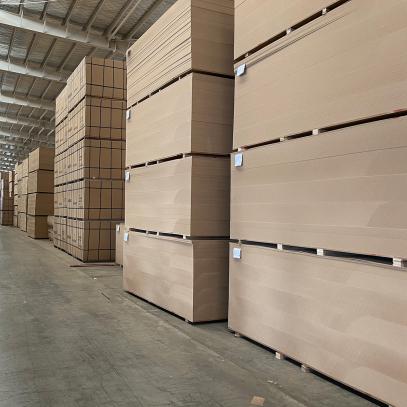

Get a Free Quote